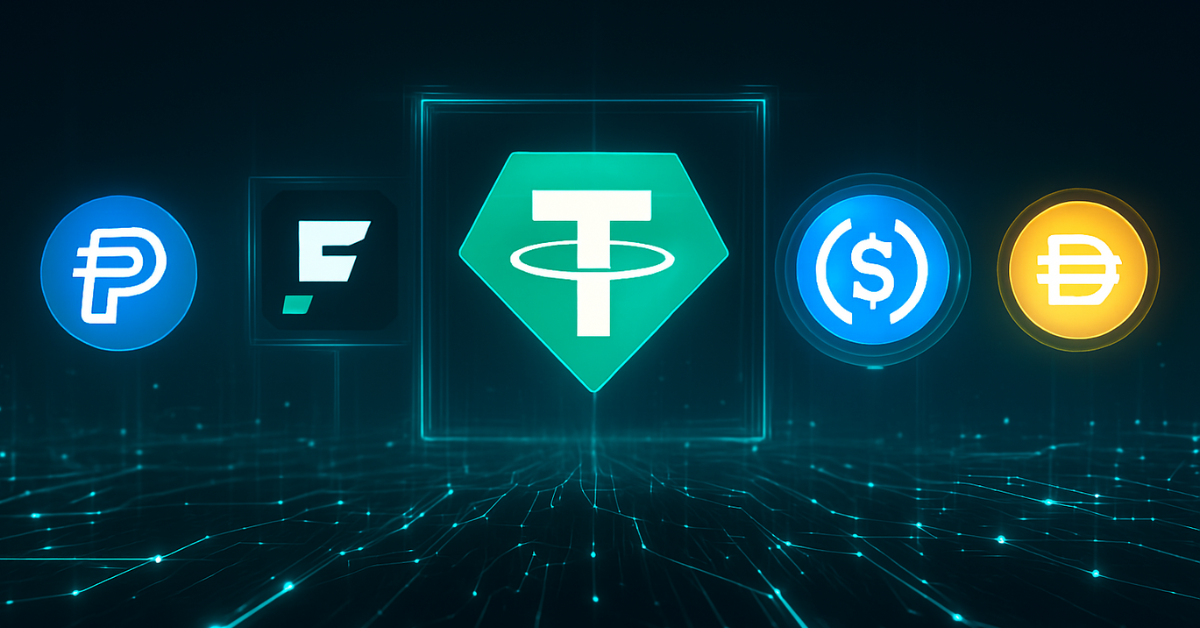- Home
- /
- Courses
- /
- Fundamentals of Venture Capital
- /
- D. Investment Stages in Venture…
Introduction
Venture capital (VC) is a critical source of funding for startups, providing the capital needed to fuel growth and innovation. However, not all VC investments are the same. Depending on the stage of a startup’s development, the amount of funding, the level of risk, and the expectations for returns can vary significantly.
In this chapter, we’ll explore the different stages of venture capital investment, from seed funding to late-stage rounds. We’ll discuss the characteristics of each stage, the types of investors involved, and the key considerations for both founders and investors. Whether you’re an entrepreneur seeking funding or an aspiring VC, this guide will help you navigate the complex landscape of venture capital.
Pre-Seed Stage
Overview
The pre-seed stage is the earliest phase of a startup’s journey, often referred to as the “idea stage.” At this point, the startup may have little more than a concept or a prototype.
Key Characteristics
- Funding Amount: Typically ranges from
- 50,000 to 500,000.
- Investors: Founders, friends, family, and angel investors.
- Purpose: To develop a prototype, conduct market research, and validate the business idea.
Key Considerations
- For Founders: Focus on building a minimum viable product (MVP) and gathering feedback from potential customers.
- For Investors: Assess the founding team’s vision, expertise, and commitment. Look for early signs of market validation.
Seed Stage
Overview
The seed stage is when a startup begins to take shape, with a working prototype and initial market traction. This stage is crucial for proving the concept and attracting further investment.
Key Characteristics
- Funding Amount: Typically ranges from
- 500,000 to 2 million.
- Investors: Angel investors, seed-stage VC funds, and accelerators.
- Purpose: To refine the product, build the team, and achieve product-market fit.
Key Considerations
- For Founders: Focus on achieving product-market fit and building a strong team. Be prepared to pivot if necessary.
- For Investors: Evaluate the startup’s market potential, traction, and scalability. Look for a clear path to revenue generation.
Series A
Overview
The Series A stage is when a startup has a proven product and some market traction. The focus shifts from proving the concept to scaling the business.
Key Characteristics
- Funding Amount: Typically ranges from
- 2 million to 15 million.
- Investors: Early-stage VC funds and corporate venture capital (CVC) arms.
- Purpose: To scale operations, expand the customer base, and optimize the business model.
Key Considerations
- For Founders: Develop a clear growth strategy and focus on scaling efficiently. Build a strong management team.
- For Investors: Assess the startup’s growth metrics, unit economics, and competitive advantage. Look for a scalable business model.
Series B
Overview
The Series B stage is all about scaling the business and capturing market share. Startups at this stage have a proven business model and are looking to expand rapidly.
Key Characteristics
- Funding Amount: Typically ranges from
- 10 million to 50 million.
- Investors: Growth-stage VC funds, private equity firms, and strategic investors.
- Purpose: To accelerate growth, enter new markets, and invest in marketing and sales.
Key Considerations
- For Founders: Focus on scaling operations and achieving profitability. Build a strong brand and customer loyalty.
- For Investors: Evaluate the startup’s market position, growth trajectory, and operational efficiency. Look for strong revenue growth and customer retention.
Series C and Beyond
Overview
The Series C stage and beyond are for mature startups that are well-established in their markets. These rounds are often used to prepare for an IPO or acquisition.
Key Characteristics
- Funding Amount: Typically ranges from $50 million to hundreds of millions.
- Investors: Late-stage VC funds, private equity firms, hedge funds, and sovereign wealth funds.
- Purpose: To expand globally, acquire competitors, and prepare for an exit.
Key Considerations
- For Founders: Focus on achieving profitability and preparing for an exit. Build a strong corporate governance structure.
- For Investors: Assess the startup’s financial performance, market dominance, and exit potential. Look for a clear path to liquidity.
Mezzanine Financing and Bridge Rounds
Overview
Mezzanine financing and bridge rounds are used to provide additional capital before an IPO or acquisition. These rounds are often structured as debt or convertible notes.
Key Characteristics
- Funding Amount: Varies widely, depending on the startup’s needs.
- Investors: Specialized mezzanine funds, private equity firms, and existing investors.
- Purpose: To provide working capital, fund acquisitions, or bridge the gap to an exit.
Key Considerations
- For Founders: Ensure that the terms of the financing align with your exit strategy. Be prepared for increased scrutiny from investors.
- For Investors: Evaluate the startup’s exit readiness and the likelihood of a successful IPO or acquisition. Look for strong financial performance and market position.
Initial Public Offering (IPO)
Overview
An IPO is the process of listing a startup’s shares on a public stock exchange, allowing them to be traded by the general public. This is often the ultimate goal for both founders and investors.
Key Characteristics
- Funding Amount: Varies widely, depending on the size of the offering.
- Investors: Institutional investors, retail investors, and existing shareholders.
- Purpose: To raise capital, provide liquidity, and increase visibility.
Key Considerations
- For Founders: Prepare for the regulatory requirements and increased scrutiny that come with being a public company. Focus on building a strong corporate governance structure.
- For Investors: Evaluate the startup’s financial performance, market position, and growth potential. Look for a clear path to profitability and strong investor demand.
Recommended Reading
- “Venture Deals” by Brad Feld and Jason Mendelson
- “The Business of Venture Capital” by Mahendra Ramsinghani
- “Mastering the VC Game” by Jeffrey Bussgang
Conclusion
Understanding the different stages of venture capital investment is crucial for both founders and investors. Each stage comes with its own set of challenges, opportunities, and considerations. By aligning your strategy with the specific needs and goals of each stage, you can maximize your chances of success.
For founders, securing the right type of funding at the right time can be the difference between success and failure. For investors, understanding the nuances of each stage can help them make informed decisions and achieve strong returns.
As the startup ecosystem continues to evolve, the importance of venture capital will only grow. By mastering the intricacies of each investment stage, you can navigate the complex landscape of VC with confidence and clarity.











